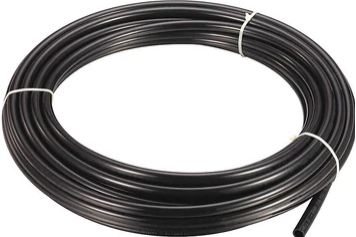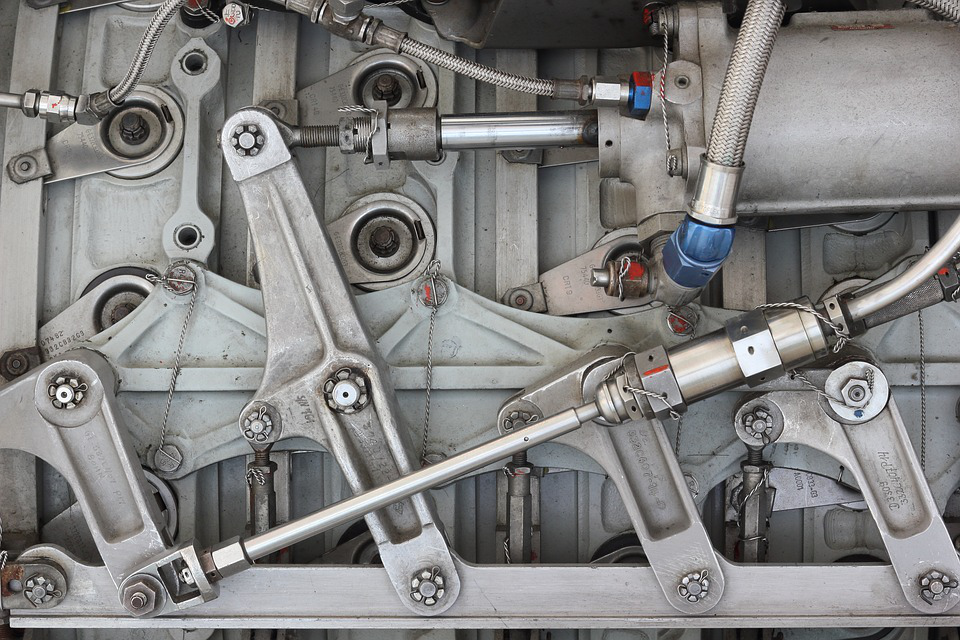Thermoplastic tubing offers exciting possibilities for meeting manufacturing challenges and fast-changing requirements. Known for outstanding versatility, thermoplastic tubing improves the performance of anything from films and seals to cables and conveyor belts.
Thermoplastics are a type of polymers that soften upon heating and become hard again when cooled down. Due to this characteristic, this polymer can be reprocessed during manufacturing and recycling.
Thermoplastic tubing and hoses offer a variety of attributes like chemical, abrasion and temperature resistance, and the ability to withstand high-pressure applications. They offer smooth internal surface that reduces flow losses and facilitates efficient flow. Moreover, they’re generally FDA compliant, making them ideal for food-grade and medical applications.
Lightweight and versatile, thermoplastic tubing is commonly used in pneumatic applications. They can be rigid or flexible depending on the material type and intended purpose.
Let’s look at some common types of thermoplastic tubing:
Polyethylene (PE) Tubing
Used readily in chemical processing applications, PE is a lightweight plastic tubing option. Its high level of inertness is what makes it a popular tubing choice in food and beverage industry. It’s also notably inexpensive compared to the other types and has the ability to handle a wide range of applications.
Nylon Tubing
Nylon tubing has been recognized as industry standard for pneumatic assemblies that have high chemical resistance and high pressure requirements.
Nylon has outstanding elastic memory and has the capability to withstand extended periods of repeated flexing without wear damage. Nylon tubing also exhibits exceptional impact resistance—up to sub-freezing temperatures—offering excellent dimensional stability.
What’s more is that it is a top choice for pure air systems due to its UV light resistance and cleanliness.
Polyurethane (PU) Tubing
This type of thermoplastic tubing combines the properties of both rubber and plastic. It also has great flexibility and weathering characteristics, in addition to being able to withstand high pressures.
Polyurethane tubing also offers considerable resistance to petroleum-based chemicals, gasoline and oil, making it an excellent choice for applications that require fuel lines.
Poly-vinyl chloride (PVC) Tubing
PVC plastic tubing is available in several formulations that are certified for various applications, such as protective coverings, portable water lines, food and beverage and insulation sleeving.
Just like other plastic tubing options, PVC tubing offers great wear and abrasion resistance and flow characteristics.

Get Your Hands on Moisture-Absorbent Hoses and Tube Fittings!
Here, at Utah Pneumatic, we offer top-of-the-line tube fittings and nylon air hose fittings, in addition to push to connect fittings, quick-connect couplings and air filter regulators.
Get in touch with us today for more details!




Leave a comment
This site is protected by hCaptcha and the hCaptcha Privacy Policy and Terms of Service apply.